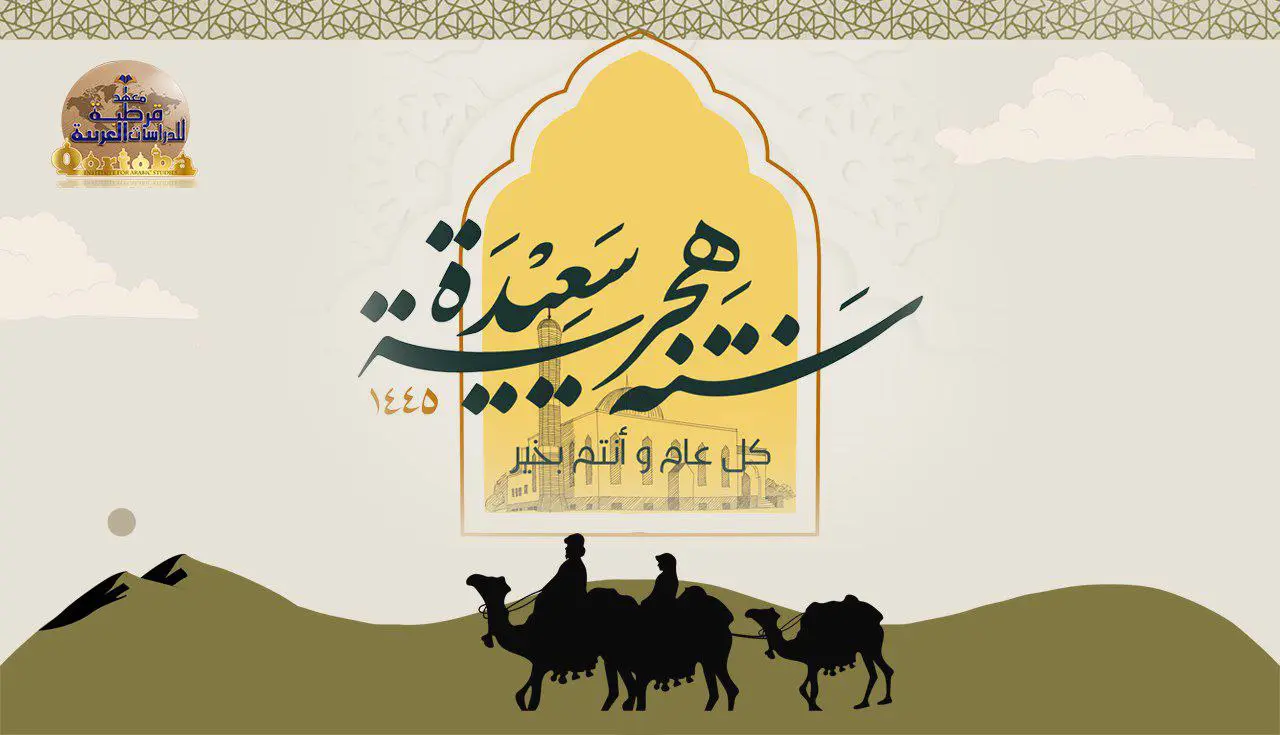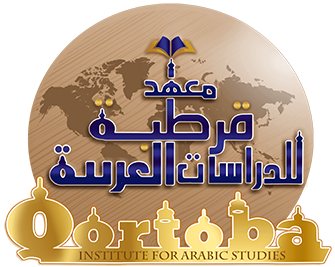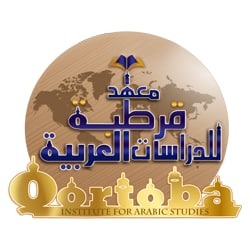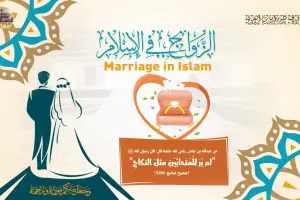
The migration of the prophet
The migration of the prophet SAW, also known as the Prophet’s migration, took place in the year 622 AD. It was the migration of the prophet SAW, from Mecca to Medina. This migration is considered a turning point in the history of Islam and marks the beginning of the establishment of the Islamic state in Medina.
What is meant by the prophetic migration is the process of moving the Prophet Muhammad SAW from Mecca to Medina, and this event is not as some people imagine it to be just a journey from one place to another. The event was a momentous event around which many divine miracles were embodied, which the Almighty created to protect His Prophet Muhammad SAW
The reasons for the migration of the prophet to Madina
The Muslims went through many circumstances that prompted them to think of migrating to Madinah as a decision of their religion to establish the Islamic state there, and the most prominent of these reasons are:
- Migration was imposed on the prophets and messengers to ensure the spread of the call to God and its protection from the oppression of the oppressors. The Prophet Muhammad SAW was not The first to immigrate from his homeland, but it was for the prophets before migrations: Hijra, Noah, Abraham, and Moses. Peace be upon them. Immigration is a legal requirement necessitated by the nature of prophecy and the dissemination of the message.
- The intensification of the polytheists’ harm to the believers, as the polytheists’ harm affected all Muslims along with the prophet SAW, and they had no one to protect them. Bilal bin Rabah is stripped of his clothes and thrown on the scorching sands of the desert, and a rock is brought and thrown on his stomach in order to apostate from the religion of Muhammad SAW.
- The infidels of Quraysh conspired to kill the Prophet SAW: After the migration of all Muslims to Medina and the survival of the Messenger, may God’s prayers and peace be upon him, with a group of companions in Mecca, the Quraysh gathered in Dar al-Nadwa and agreed to kill him all so that his blood would be lost among the tribes, but God’s plan was that they had a lookout, so he protected him, and he inspired him not to spend that night in his bed, and he made Ali sleep in his place, then God made them sleepy, so he made the Messenger, may God’s prayers and peace be upon him, come out from among them and pass in front of them, and even throw dust on their heads while they did not feel
- The need to build an Islamic state: This requires a cohesive Islamic nation and a land to be our main centre for it, and Medina was the most appropriate and suitable for that. Because of the stability of the situation in it, the similarity of the language and traditions, and the general atmosphere in it, it was receptive and loving to Islam, and this was evident in the reception of the supporters of this religion and everyone who came as an immigrant, and in their willingness to give and sacrifice for the sake of God. This land and this journey prepared the Muslims for more severe conditions and for more costs. It has a project to build an Islamic nation.
The impact of the Prophet’s migration
The honourable migration of the Prophet made the wise people of Makkah realise that the immigrants from Makkah are the owners of a right that they carried and preferred over the wreckage of the world, so they deserved that the wise people stand with them just as it made the people of Madinah increase their faith in the Islamic call, so they entered the religion of God in droves, and they began to prepare to support Islam and fight injustice, and I saw him above Mecca, as it was raised above Medina. the health, and they continued to bring supporters to him until all Muslims, immigrants, and supporters, and the Prophet was their leader, were able to enter Mecca as conquerors.
The noble Prophet’s migration constituted a turning point in the history of the Islamic call. So that the Muslims under the leadership of their Prophet migrated to Al-Madinah Al-Munawwarah in order to start from there the long and arduous jihad after the migration and not to end their jihad with the presence of a safe house in which they settle. That is why Dar Al-Hijrah turned into the House of Unity and Solidarity—to be a starting point for spreading the religion, confronting the oppressors, and liberating people from devil worshippers. That is why the Prophet, may God’s prayers and peace be upon him, in Dar al-Hijrah, used to mobilize, organize, manage, and build with money, Brains, forearms, faith, and weapons to complete the building of the young Islamic state.
Migration in the Quranic discourse
If we look at the prophetic migration and the extent of its presence in the Holy Qur’an, we will find that the Holy Qur’an did not suffice with referring to it once or mentioning its matter in passing; rather, we will notice that it highlighted it and gave it successive appearances in many of its chapters from time to time. Some of its details and facts, and at It is not afraid here that the multiplicity of references to the migration event and its details in the Qur’an indicates the enormity of this event and highlights to us its extreme importance, that it is not like the rest of the events that occurred during the life of the Prophet, may God bless him and grant him peace, and that it represents a pivotal event. The Qur’an commented on some of the details of this event and its partial facts, as they appear in Surat al-Anfal and Surat al-Tawbah. In the first one, it was indicated that a month’s situation may not be directly related to immigration but rather one of its motives and causes, which was the matter of conspiring against the Prophet—may God bless him and grant him peace. And the Quraysh’s attempt to get rid of him and prevent him from communicating his call, and in the second surah, I refer to the situation of the cave and what was the status of the Prophet—may God bless him and grant him peace—and his companion Abu Bakr—may God be pleased with him. About him when the Quraysh chased them in the desert until they reached the door of the cave, which they concealed. Likewise, the Qur’an referred to those who migrated, mentioned them more than once, and showed what their suffering and patience were like, which shows us that this event has a clear and varied presence in the Holy Qur’an. As for what is related to the nature of this presence and ways to employ it, we will explain it in the following lines: other times it mentions those who did it and where they were from.



